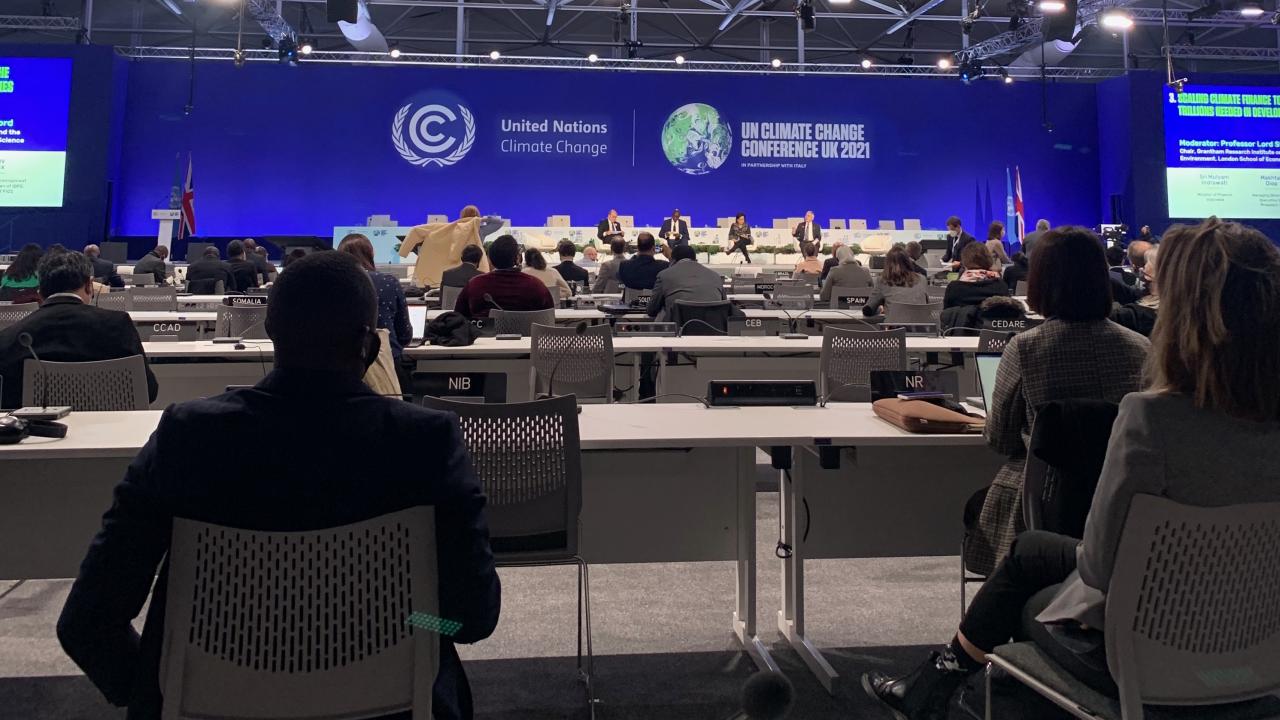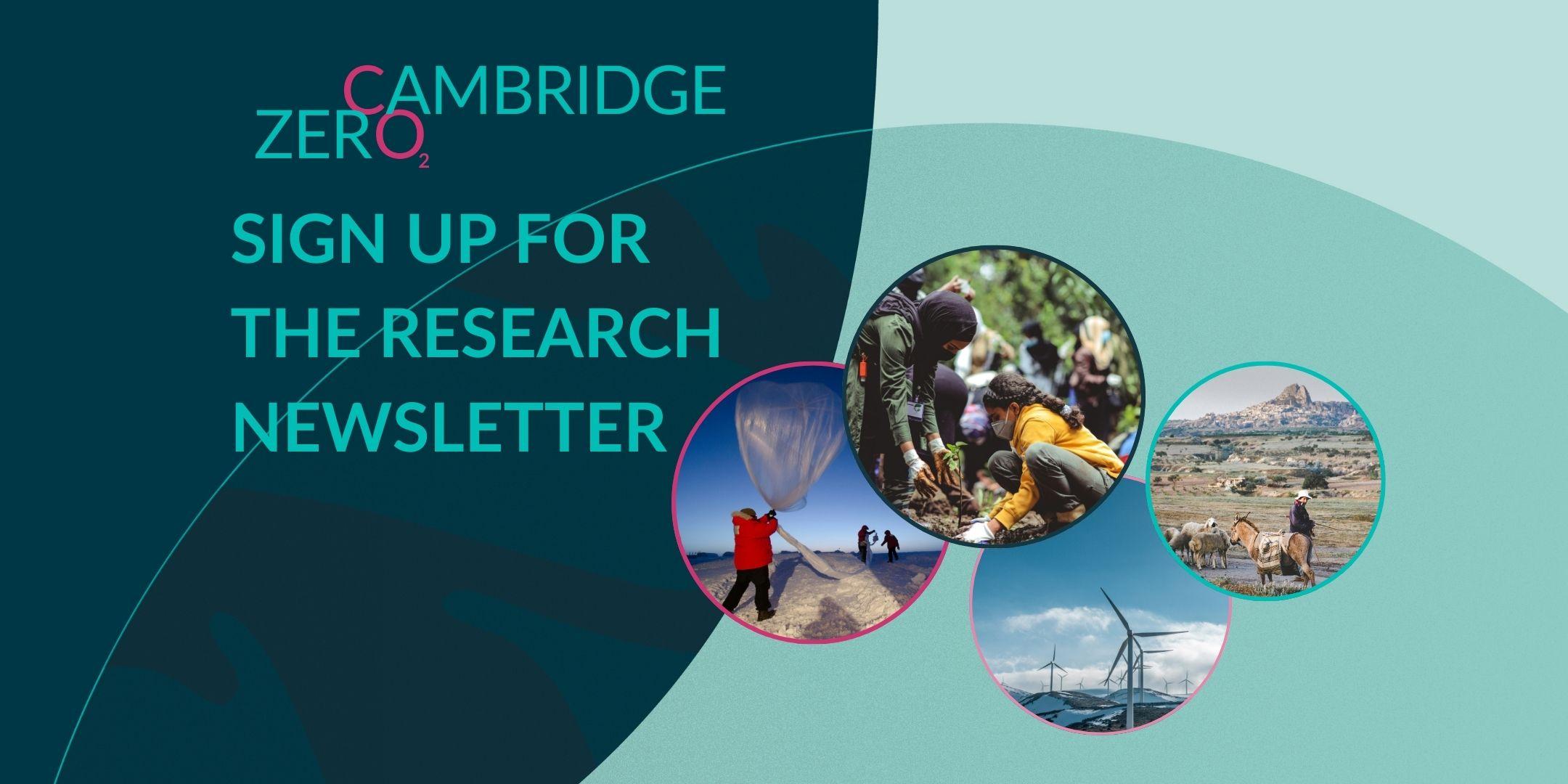As COP26 reaches its halfway mark, many participants and commentators have been offering their assessments on the first week: Greta Thunberg has already denounced the Conference as a failure. John Kerry, the African Group, and others have been cited as somewhat more positive, although acknowledging there is still a long way to go.
My personal view would be “so far so good”. In fact, I would venture even further, and say that COP 26 has exceeded my (admittedly low) expectations. Perhaps it’s because I am following the Conference from the comfort of my home office, and haven’t been frustrated by queues, restricted access, the threat of Covid, and poorly functioning online systems. But I detect a positive buzz and – dare I say it – a sense of cautious optimism among many, especially veterans of the process.
Partly, this is because – so far – the worst-case scenarios have not come to pass. Disputes over the agenda were averted behind-the-scenes before the opening plenary, and the formal negotiations have got going relatively smoothly, without the damaging procedural blocking that can plague the process.
But mostly, this sense of cautious optimism is because of the real, substantive gains that have been clocked up over the past few days. The Leaders’ Summit on Monday and Tuesday provided some hope that the “ratchet mechanism” of the Paris Agreement – requiring governments to improve upon their emission pledges (the nationally-determined contributions, or NDCs) every five years – is starting to work as the treaty’s designers hoped it would. Several world leaders from developing countries took the stage to announce new domestic targets and policies that were truly historic. India was undoubtedly the star act, with Prime Minister Modi announcing a net zero target by 2070, crucially backed up by strong 2030 goals, not least a commitment to 50% renewable energy. Announcements from other developing countries were of equal political significance, in terms of marking a political turning point in their development towards a lower-carbon path: Thailand, Vietnam, Indonesia, Nigeria, Nepal, Namibia, Uzbekistan and others all submitted genuinely more ambitious targets and plans. By the end of week one, some “back of the envelope” analyses – including from the IEA – were suggesting that, with full implementation, these pledges could limit temperature rise to perhaps 1.8 or 1.9 degrees. A big step down from the 2.7 projected on the eve of COP.
Needless to say, there are caveats. Many of the pledges remain short on detail, and some large emitters proved less susceptible to pressure than others. Among the G20, Russia, Saudi Arabia, Brazil and Australia have barely budged from their embarrassingly weak positions. In many cases, the absence of 2030 policy goals cast doubt on the credibility of the long term net zero targets. And of course, implementation of the NDCs is not guaranteed. Far from it. But they have now been formally declared by heads of state and government, in the full glare of the global media. They will be registered with the UN Climate Change Secretariat and then subject to the Paris Agreement’s reporting and review provisions. They cannot be so easily reneged upon. This really means something.
And there was tentative good news, too, on prospects for implementation. Here, the UK Presidency carefully choreographed the release of myriad headline-grabbing announcements to ensure maximum impact. Among the dizzying array of initiatives announced were a Leader’s Declaration on Forests and Land-Use, commitments by 26 countries to stop the funding of overseas fossil fuel projects, and a Global Methane Pledge to cut emissions of this potent short-lived greenhouse gas by 30% by 2030 (the latter had already been jointly launched by the EU and US in September, but gained new adherents in Glasgow). There were others involving the private sector and sub-national governments, including a pledge to phase out coal signed by some 40 countries and over a hundred organisations, and rather hazy so-called Glasgow Breakthroughs on boosting green steel and zero emission vehicles. Mark Carney’s announcement of a new net zero alliance of large financial asset holders attracted particular attention (and strong accusations of greenwashing).
There are admittedly significant caveats. These initiatives are not part of the formal COP process, but rather, informal arrangements by a sub-set of countries – “climate clubs” in the literature. The declarations are typically vague, while processes for follow-up, monitoring, oversight and financial support for developing countries remain largely undefined (although the Global Methane Pledge is based on a sounder institutional footing). As mostly Presidency initiatives, what will happen when the UK is no longer COP President? And, as is often the case with such “clubs”, the members list tends to lack the main players. The Global Methane Pledge, for example, has not been signed by either Australia, Russia, or Saudi Arabia. The Glasgow Breakthrough on steel lacks China and India. The US has recused itself from the coal phase out declaration. France and Germany are absent from the signatories who will no longer fund overseas fossil fuel projects. Some original signatories even backtracked on their pledges within days (Indonesia, for example, claimed it had never signed up to zero deforestation). But despite these caveats, and the rather aggressive “spinning” from the UK Presidency, these declarations do point to a direction of travel towards a decarbonising world. And that is far from meaningless. Of even greater concrete significance were some of the bilateral deals that were announced – notably $8.5 billion from several donors to help fund South Africa’s shift away from coal.
If the first week of COP was dominated by declarations and pledges from national governments and “clubs”, in the second week, the spotlight will turn to the formal, more technical global negotiations. Although many participants have reported steady progress, there is still much heavy lifting to be done before Glasgow can adopt the dozens of decisions on the COP agenda. Ministers will be arriving this weekend to help settle the most political issues. What are the ones to watch? Rules to implement the Paris Agreement’s Article 6 – introducing new market mechanisms – will undoubtedly be one of the last issues to be resolved. Here, thorny technical questions mesh with concerns over environmental integrity, the rights of indigenous peoples and principled objections to carbon offsetting. Other crunch issues will include the launch of a process to determine a new climate finance goal for 2025, and how to mobilise resources to address loss and damage (climate impacts that can be neither mitigated, nor adapted to); tensions here have been exacerbated by the failure of donors to meet the existing goal – set in 2009 – of raising $100 billion a year to help developing countries by 2020. Additional financial pledges in Glasgow – from Japan, for example – are welcome, but trust remains low. The biggest unknown is perhaps Glasgow’s “headline decision” – being variously referred to as decision 1/CP.26, the Glasgow Pact or the Glasgow Declaration; COPs have traditionally adopted such a headline decision, seeking to encapsulate the main outcomes of the Conference and (hopefully) send a strong high-level message to the world. The equivalent from the last COP in Madrid – optimistically titled “Chile-Madrid Time for Action” - was disappointing, in some places even retreating from language in the Paris Agreement. The UK COP Presidency is known to be aiming much higher – presumably hoping to signal that Glasgow did indeed “keep 1.5 in reach”. The UK presidency might even try to include mention of the need to phase out coal – another one of its priorities - although that is unlikely to fly in the full COP. There are many options on the table – including requiring countries to come back in 2023 with stronger pledges - and the Presidency is already consulting delegations on a draft text. This is definitely one to watch.
I have deliberately struck an optimistic tone, but there is still much that could go wrong. Access restrictions (blamed on Covid, but also due to poor planning) are causing serious unrest among civil society representatives, and government delegations are also unhappy at being limited to one or two persons in the negotiating rooms. If badly handled, these organisational issues can become political, escalating into a loss of trust and credibility. And COP President Alok Sharma has not yet been tested in plenary. He has only chaired one plenary session so far, putting in a reasonable, but certainly not flawless, performance. Striking deals behind the scenes with small groups is one thing, handling hostile delegations in a full plenary is quite another.
So the outlook is uncertain. So far, COP 26 has created a welcome sense of momentum, and some real substantive gains. But all the commitments have been at the level of individual nations, or relatively small groups of countries. Now it is time to build on this momentum, to secure a set of strong global decisions adopted by all the Parties to the COP. Only then can Glasgow really be declared a success.



